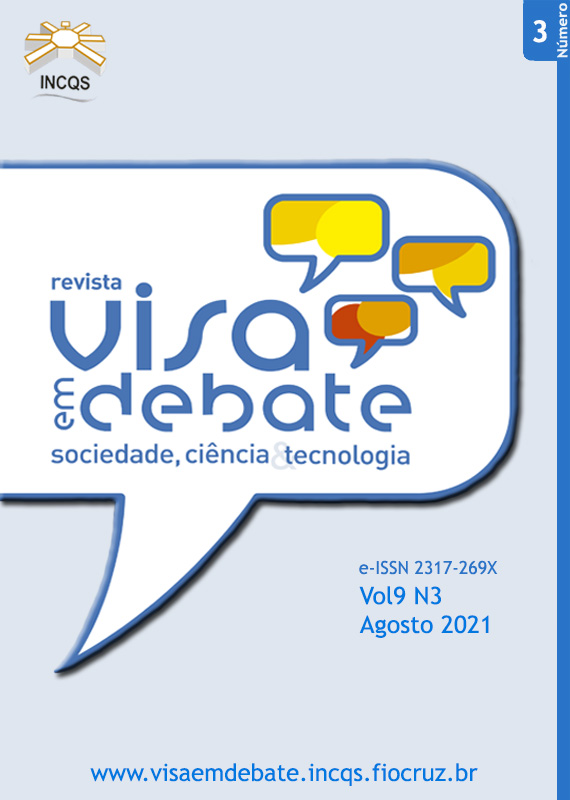Retrospective evaluation of unspecific toxicity tests performed at the National Institute for Quality Control in Health on biological products
DOI:
https://doi.org/10.22239/2317-269X.01649Keywords:
Unspecific Toxicity; Quality Control; Vaccines; Hyperimmune SeraAbstract
Introduction:The in vivo toxicity test known as Unspecific Toxicity Test (ITT) is recommended to assess the safety of biological products and biotechnology derivatives. The principle of this test is the administration of the product in guinea pigs and mice, followed by an observation period. INCQS is the Brazilian National Control Laboratory (NCL) that works controlling biological products, especially vaccines and hyperimmune sera for the Immunization National Program (INP) before going to market. Chemical, microbiological and toxicological tests are performed, including ITT. Objective:To analyze the ITT performed at INCQS and to verify the monographs of the Brazilian Pharmacopeia where the test is still recommended. Method:A survey was carried out with the Harpya data system, which is used to record all samples and analyses. Results:From 1999 to 2012, 3,453 ITT were performed on biological products, resulting in 100% negative results. Based on these results and following a worldwide trend, since 2002 INCQS has been gradually reducing the amount of vaccines and hyperimmune sera submitted to the unspecific toxicity test. Currently, the risk of contamination of pharmaceutical products with non-specific substances is significantly low, as industries are regulated to comply with Good Manufacturing Practices (GMP). Although ITT still remains in the General Tests of the Brazilian Pharmacopoeia, it is not required in specific monographs of hyperimmune sera and vaccines for human use. Conclusions:These results show that ITT appears to be not enough efficient for detecting nonspecific toxicity due to biological products manufacture and Brazil may follow the worldwide trend to stop performing it.
Downloads
Downloads
Published
Issue
Section
License
Copyright (c) 2021 Health Surveillance under Debate: Society, Science & Technology (Vigilância Sanitária em Debate: Sociedade, Ciência & Tecnología) – “Visa em Debate”

This work is licensed under a Creative Commons Attribution-NonCommercial 4.0 International License.
COPYRIGHT ALLOWANCE The author (s) hereinafter designated as the ASSIGNOR hereby assign and transfer, free of charge, the ownership of the copyrights related to this ARTICLE to the Vigilância Sanitária em Debate: Sociedade, Ciência & Tecnologia (Health Surveillance under Debate: Society, Science & Technology) – Visa em Debate, represented by FUNDAÇÃO OSWALDO CRUZ, established at Av. Brasil, nº 4365, Manguinhos, Rio de Janeiro, RJ, Brazil, CEP 21045-900, under the conditions set out below: (a) The terms and conditions set forth in this Agreement shall apply to the following: 1. The ASSIGNOR declares that they s(he) is (are) the author (s) and owner (s) of the copyrighted property of the ARTICLE submitted. 2. The ASSIGNOR declares that the ARTICLE does not infringe the copyrights and / or other property rights of third parties, that the disclosure of images (if any) has been authorized and that they s(he) assume(s) full moral and / or property liability for its content, before third parties. 3. THE ASSIGNOR assigns and transfers all copyrights relating to the ARTICLE to the ASSIGNEE, especially the rights of editing, publication, translation into another language and reproduction by any process or technique. The ASSIGNEE becomes the exclusive owner of the rights related to the ARTICLE, and any reproduction, totally or partially, is prohibited in any other means of publicity, printed or electronic, without prior written authorization from the ASSIGNEE. 4. The assignment is free and, therefore, there will be no remuneration for the use of the ARTICLE by the ASSIGNEE.







